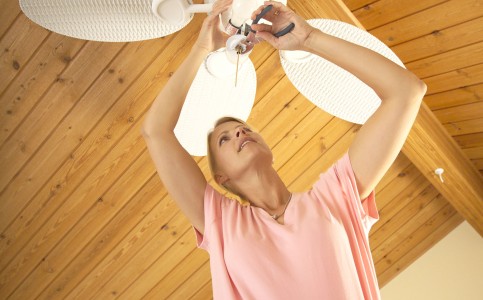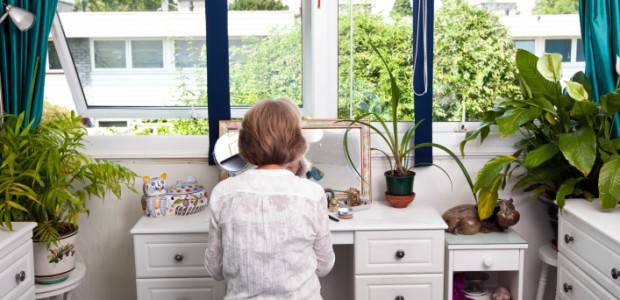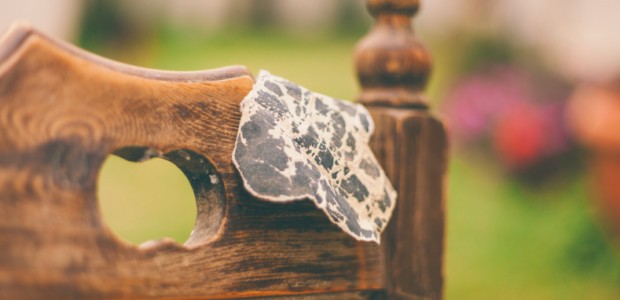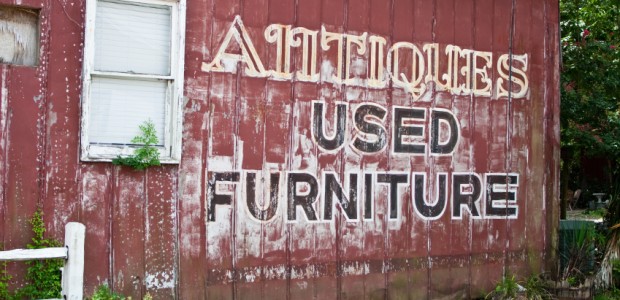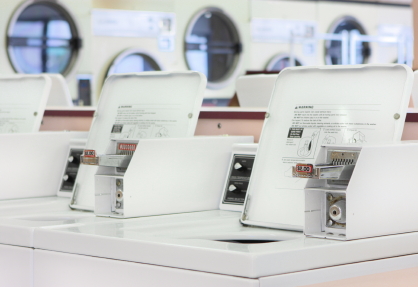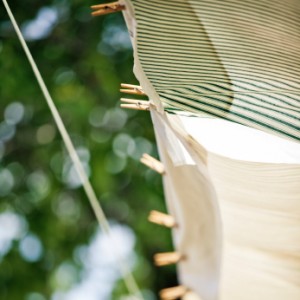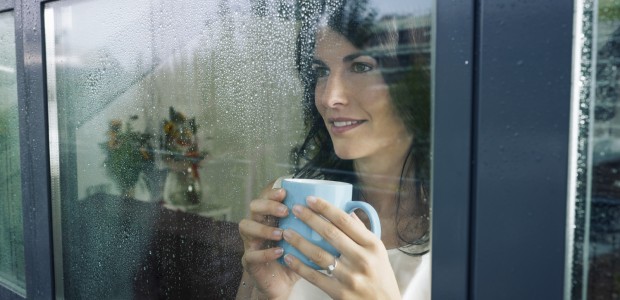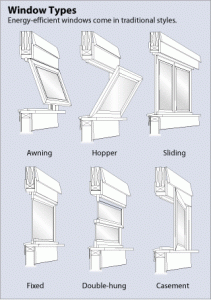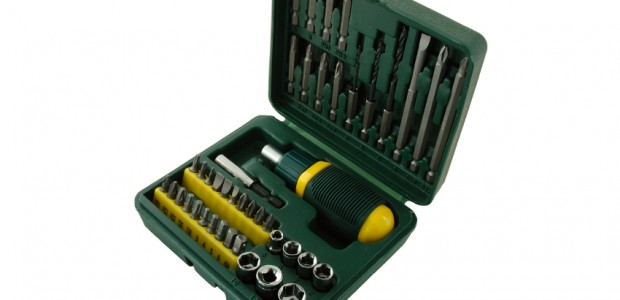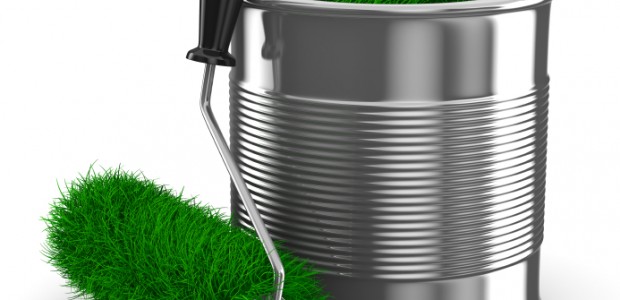When people go about remodeling or adding onto their homes, they often think the involved processes will be overly expensive. Don’t be fooled by this false belief. There are many affordable ways that you can give your home a makeover, and best of all, you can be eco-friendly at the same time. Here are some great tips for adding both beauty and value to your home, while at the same time being mother nature’s best friend.
Replacing Your Roof
Yes, replacing your roof can be a bit costly at first, but if you cover it in shingles or metal that are light in color, this can greatly reduce the temperature in your attic. As a result, you’ll likely reap the benefit of cooler temperatures in your home, which means you can save a considerable amount of money on your cooling expenses.
Decorating with Pallet Racks
Pallet racks are often given away for free from both large and small businesses. By gathering several of them, you can easily recycle them by constructing shelves, indoor and outdoor furniture and lots more. You can paint or stain these racks any color of your choosing, which is an excellent way to add lots of character to your home.
Swap Out Your Showerheads
Being friendly to mother nature involves reducing your water usage. A great way to do this is by switching out the showerheads in your bathrooms to ones that support the low flow of water.
Install Extra Ceiling Fans
Fans can go a long way in adding flair to any room, and better yet, they make it easier to cool your home during the warmer months of the year. Mother nature will truly appreciate it when you turn off the AC and crank up the fans.
Insulate Your Water Heater
There’s a good chance that your hot water heater is already insulated, but if you add extra insulation, this will make it easier to heat your water, and it could save you up to 15 percent or more on the expense of heating your water.
Tint Your Windows
Just the same as you can tint the windows on your car, your home’s windows can be tinted too. In doing this, you’ll be reflecting the sun’s glare, which will make it easier to cool your home.
The Takeaway
Giving your home an eco-friendly makeover doesn’t mean you have to empty your bank account. And even though you’ll be spending money to carry out the projects, you can rest assured that you’ll be saving money at the same time on several of your utility bills.
